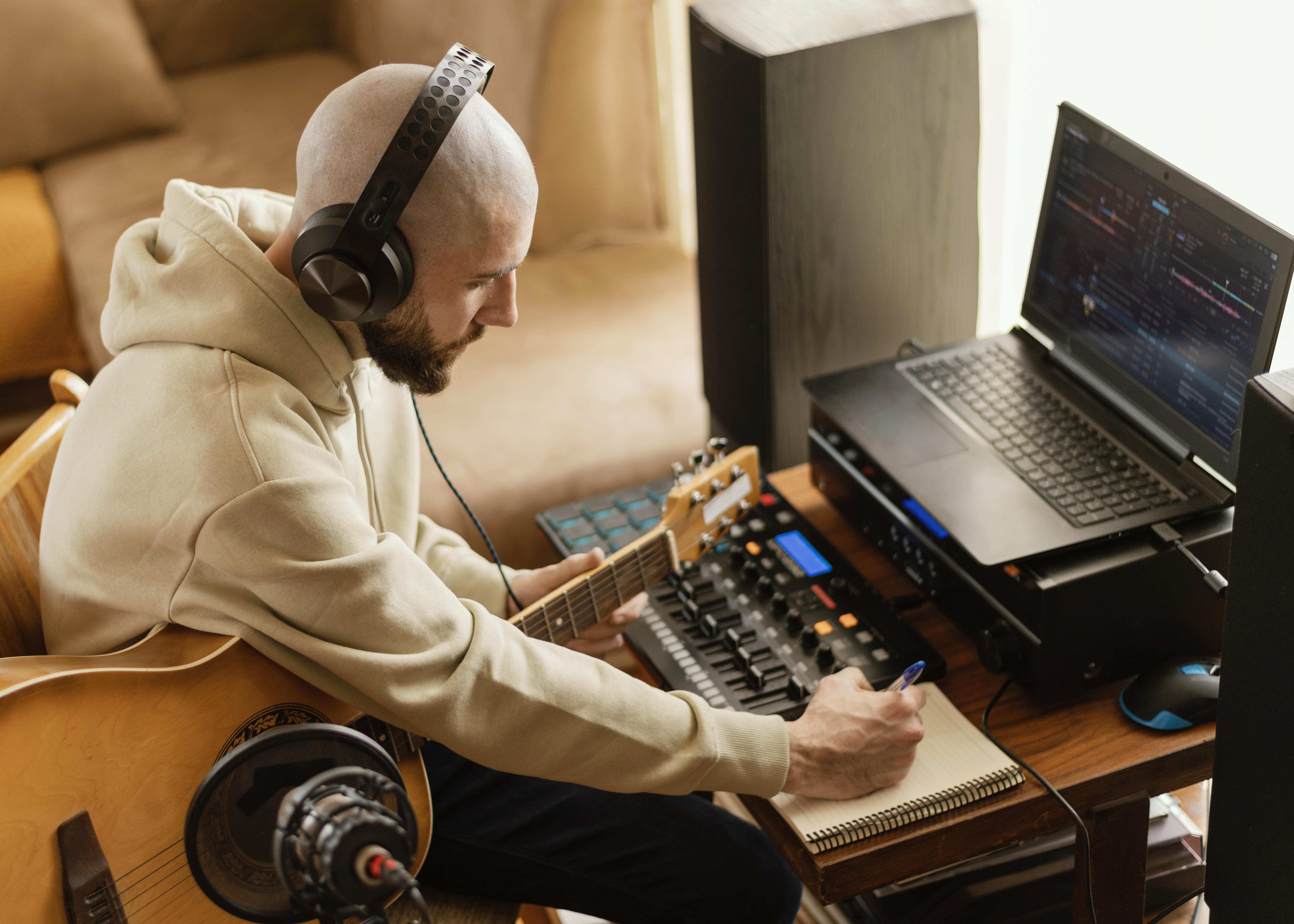Optimize Your Workflow with Artificial Intelligence, Acustica Audio, and High-Quality Production
In 2025, producing music means navigating between technological innovation and artistic sensibility. Artificial intelligence (AI) has profoundly transformed every phase of music production, not only accelerating the creative process but redefining how producers conceive, develop, and finalize a track.
Today, a modern workflow is built upon an integrated ecosystem: generative AI tools, advanced sound separation and manipulation technologies, professional virtual monitoring, and a wise blend of intelligent automations and conscious creative decisions. Among the leading companies in this revolution, Acustica Audio stands out for its cutting-edge tools for editing, mixing, and mastering, perfectly suited for the needs of the contemporary producer.
The modern workflow in detail
The production process can start with a musical idea generated by Suno AI, one of the most advanced platforms for automatic song creation. A simple text prompt, such as “melancholic electronic ballad with female vocals and synthetic strings,” is enough to get a complete, already arranged and sung track in a few seconds, ready for re-elaboration.
The next step is to extract the stems from the generated tracks. This is where Sienna Sphere webapp by Acustica Audio comes into play, an incredibly effective tool: it allows you to separate a stereo mix into individual tracks (vocals, drums, bass, synth, FX) while maintaining exceptional quality, phase coherence, and musicality. This operation transforms an AI track into a flexible foundation upon which to build an original and unique arrangement.
One of Sienna’s most innovative features is Voice Conversion, which allows you to modify the vocal timbre while keeping the original performance intact. Imagine being able to transform a generic AI voice into a more realistic and recognizable timbre, simulating another performer, without the need for new recordings. The result is a personalized and professional voice, ready for your project.
At this point, the stems are imported into your reference DAW, within a production template already configured with routing, group buses, preset FX chains, and integrated metering. This is where the arrangement building phase begins: editing, layering, adding virtual instruments, sound design, automations, and additional recordings. Everything takes place in a fluid production context, where technique and creativity merge.
Once the arrangement is complete, you move on to mixing, which can now be supported by specific AI tools. Many plugins out there use deep learning models (convolutional neural networks and transformers) to analyze tracks, suggest frequency balances, detect masking, and optimize dynamic response.
AI proposes an initial technical balance, but the producer’s ear remains irreplaceable for the final artistic choices. To refine every detail, reliable monitoring is crucial: Sienna plugin allows you to listen through headphones as if you were in a real studio, simulating different acoustic environments (Studio A, club, car, consumer speakers). This ensures that the mix will sound its best on any playback system.
Finally, the track is brought to mastering. Here, AI solutions like iZotope Ozone AI, LANDR, or Masterchannel offer automatic tools capable of performing analyses on LUFS, spectrum, transients, and stereo image, applying interventions consistent with digital release standards. These systems, trained on datasets of hundreds of thousands of professional tracks, apply targeted processing through supervised learning models.
For a truly high-end result, mastering can be refined with Acustica Audio plugins, such as Diamond Lift, Coral, El Rey, or Ivory. Known for their extremely detailed analog modeling, these tools impart three-dimensionality, musicality, and a sense of depth that is difficult to replicate with conventional plugins, making the final master competitive and ready for any type of publication.
Conclusion
The producer’s workflow in 2025 is a hybrid, intelligent, and deeply creative system. Artificial intelligence accelerates the more technical steps, but it does not replace the sensibility of the musician or sound designer. Knowing how to manage the interaction between generative AI, advanced separation tools, assisted mixing, and virtual analog mastering is now a fundamental skill for anyone who wants to work effectively and competitively in the modern music landscape.
Davide Pantaleo
Producer, Sound Designer e Educator

